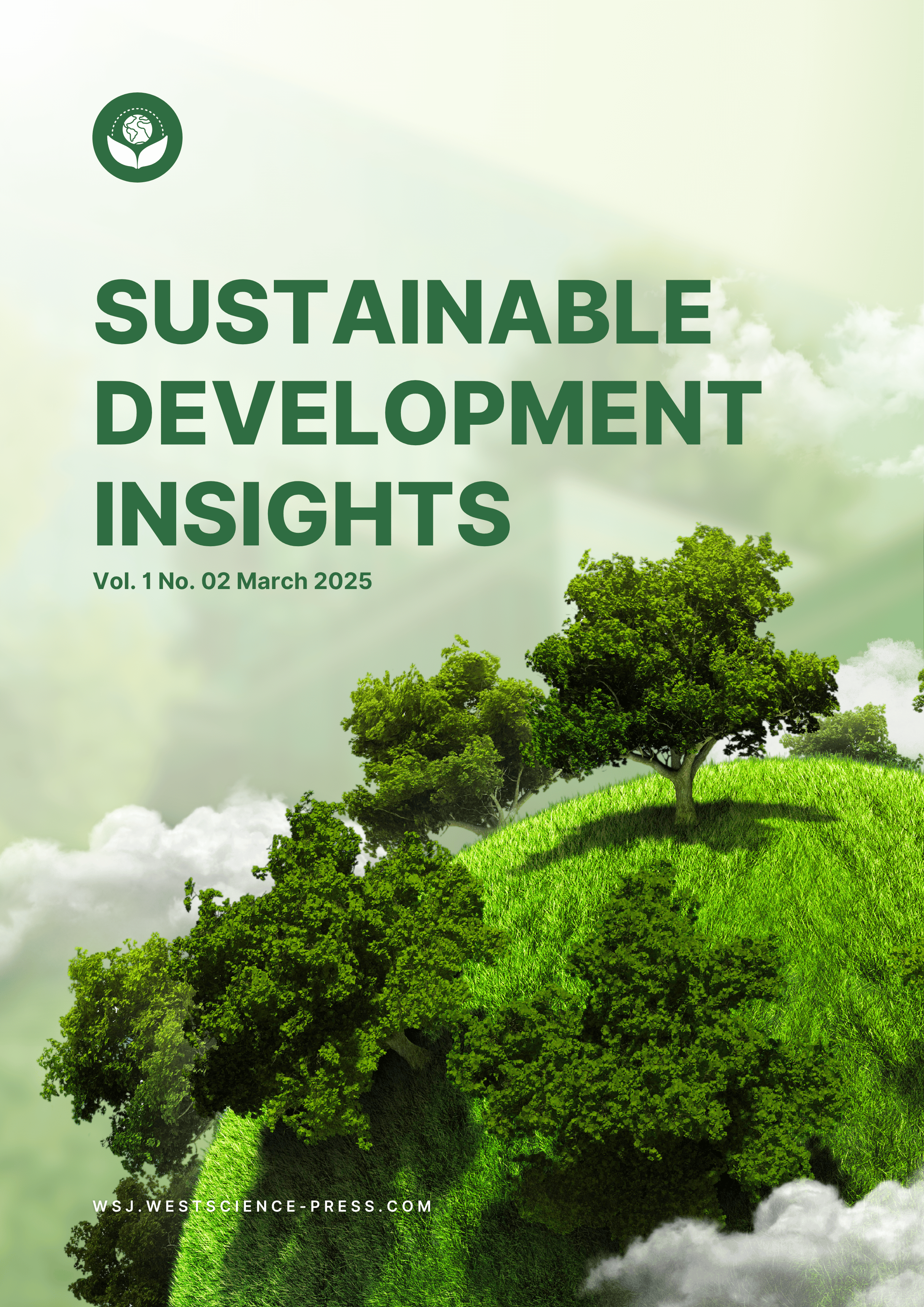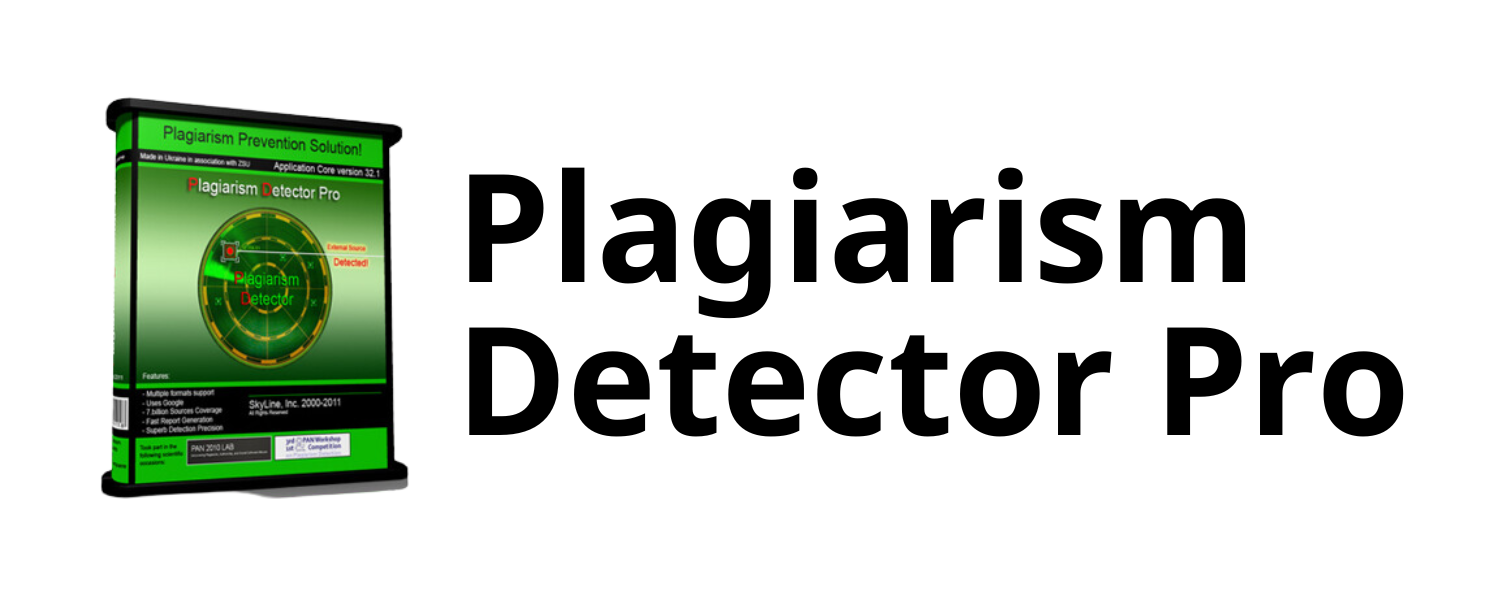Analysis of the Impact of Land Use Change, Shrimp Farming Activities, and Climate Change on Biodiversity and Fishermen's Welfare in Lampung
DOI:
https://doi.org/10.58812/sdi.v2i01.1810Keywords:
Land Use Change, Shrimp Farming, Climate Change, Biodiversity, Fishermen’s WelfareAbstract
This study examines the impact of land use change, shrimp farming, and climate change on biodiversity and the welfare of fishermen in Lampung from a community perspective. Using a quantitative approach, data were collected from 70 respondents through a structured questionnaire and analyzed using SPSS version 26. The results reveal that land use change and shrimp farming have negative effects on biodiversity, while climate change significantly exacerbates these impacts. Biodiversity, in turn, strongly influences the welfare of fishermen, with reduced biodiversity linked to declining income stability and food security. Regression analysis indicates that environmental factors explain 58.3% of biodiversity variance, while biodiversity accounts for 33.6% of the variance in fishermen's welfare. The findings emphasize the importance of sustainable practices and integrated policies to mitigate environmental degradation and improve community livelihoods.
References
[1] L. M. Nugraha, L. Hakim, O. S. Abdoellah, A. Darmawan, and B. Winarno, “Socio-Ecological Effect of Transition Landscape Dynamics from Agroforests to Monoculture Plantation in Upper Citarum Watershed,” J. Sylva Lestari, vol. 12, no. 2, pp. 279–295, 2024.
[2] B. Bhattacharjee, “Nature-Based Livelihood and Economy: Tripura,” in Environmental Intimacies from India’s North East, Routledge India, 2024, pp. 147–161.
[3] L. An, X. Jiang, Z. Liu, and Q. Li, “RETRACTED: Socio‐economic impact of natural resource management: How environmental degradation affects the quality of life,” Geol. J., vol. 58, no. 9, pp. 3310–3325, 2023.
[4] Y. Dai, Y. Ding, S. Fu, L. Zhang, J. Cheng, and D. Zhu, “Analyzing the impact of natural capital on socio-economic objectives under the framework of sustainable development goals,” Environ. Impact Assess. Rev., vol. 104, p. 107322, 2024.
[5] X. Fang and S. Gao, “An empirical study on relationship between island ecological environment and socio-economic development from perspective of environmental Kuznets curve (EKC),” Ocean Coast. Manag., vol. 244, p. 106819, 2023.
[6] H. Ha Anh, C. Le Tru, N. Van Trai, T. M. Da Hanh, and N. Van Cuong, “Balancing Economy and Ecology: A System Dynamics Analysis of Shrimp Aquaculture and Mangrove Forest Policy,” J. Sustain. Dev. Energy, Water Environ. Syst., vol. 12, no. 3, pp. 1–23, 2024.
[7] A. Sabdaningsih, D. Adyasari, S. Suryanti, S. Febrianto, and Y. Eshananda, “Environmental legacy of aquaculture and industrial activities in mangrove ecosystems,” J. Sea Res., vol. 196, p. 102454, 2023.
[8] S. Das, P. Saha, S. Adhurya, A. Ray, and S. Ray, “Present and future scenarios of changing land use patterns from the perspective of agroecosystem under the shadow of ever-expanding shrimp culture,” Environ. Dev., vol. 44, p. 100772, 2022.
[9] S. Bakri, F. Hartati, H. Kaskoyo, I. G. Febryano, and B. S. Dewi, “The fate of mangrove ecosystem sustainability on the shrimp cultivation area in Tulang Bawang District, Lampung, Indonesia,” Biodiversitas J. Biol. Divers., vol. 24, no. 1, 2023.
[10] M. Riantini et al., “Livelihood vulnerability household fishermen household due to climate change in Lampung Province, Indonesia,” PLoS One, vol. 19, no. 12, p. e0315051, 2024.
[11] K. Kasri, M. C. Hasani, A. Baso, and A. Amiluddin, “Perceptions of Small-scale Fishermen on the Impact of Climate Change in Coastal and Small Island Areas of Pangkajene and Islands Regency,” PONGGAWA J. Fish. Socio-Economic, pp. 92–107, 2024.
[12] M. Lennan, “Climate change and the limits of international fisheries law,” in Research Handbook on Climate Change and Biodiversity Law, Edward Elgar Publishing, 2024, pp. 114–138.
[13] I. S. ANSIR and M. TAIMOOR, “Impacts of Climate Variability on Wildlife, Fisheries and Ecosystems,” 2024.
[14] L. Li, “Impacts of Land-use Change on Biodiversity of Tropical Forests,” Theor. Nat. Sci., vol. 81, pp. 19–24, 2025.
[15] T. P. N. Tsang et al., “Land use change consistently reduces α‐but not β‐and γ‐diversity of bees,” Glob. Chang. Biol., vol. 31, no. 1, p. e70006, 2025.
[16] L. Cabernard, S. Pfister, and S. Hellweg, “Biodiversity impacts of recent land-use change driven by increases in agri-food imports,” Nat. Sustain., vol. 7, no. 11, pp. 1512–1524, 2024.
[17] M. Sims et al., “Global drivers of forest loss at 1 km resolution,” EarthArXiv eprints, p. X5HQ6K, 2024.
[18] Y. Kuang, H. Zhou, and L. Yin, “Assessment of the Impact of Land Use on Biodiversity Based on Multiple Scenarios—A Case Study of Southwest China,” Diversity, vol. 16, no. 10, p. 630, 2024.
[19] A. D. Santoso et al., “Environmental Impacts of Pacific White Shrimp Farming: Insights from Intensive and Chelating-Enhanced Systems,” 2025.
[20] A. Y. Tamariska, S. B. Priyono, and B. Triyatmo, “Towards Sustainable Shrimp Farming: Life Cycle Assessment of Farming Practices at the Less Favorable Areas of Yogyakarta’s Southern Coast,” Turkish J. Fish. Aquat. Sci., vol. 24, no. 9, 2024.
[21] T. H. Lý, N. T. Kiều, N. T. T. Nhi, P. V. Tùng, H. L. Toản, and N. V. C. Ngân, “Đánh giá ô nhiễm môi trường từ hoạt động nuôi tôm tại tỉnh Sóc Trăng,” Bản B của Tạp chí Khoa học và Công nghệ Việt Nam, vol. 66, no. 6, 2024.
[22] M. S. de Almeida et al., “Environmental performance of Penaeus vannamei shrimp production in intensive and super-intensive biofloc systems,” Aquac. Eng., vol. 107, p. 102434, 2024.
[23] J. Zhou, T. Tu, H. Wang, and D. Kitazawa, “Modeling Environmental Impacts of Intensive Shrimp Aquaculture: A Three-Dimensional Hydrodynamic Ecosystem Approach,” Fishes, vol. 9, no. 4, p. 126, 2024.
[24] K. H. H. Gamage, Sustainable Phosphorus Management: Reuse of Recovered Phosphorous in Agriculture and Impact of Agricultural Management Practices on Phosphorus Speciation. Kansas State University, 2023.
[25] P. Cappa et al., “Climate change undermines seafood micronutrient supply from wild-capture fisheries in Southeast Asia and Pacific Island countries,” Sci. Total Environ., vol. 955, p. 177024, 2024.
[26] C. S. Velásquez-Calderón, A. Santos-Martínez, A. Rojas-Archbold, and J. Prato, “Climate Change Effects on Seaflower Biosphere Reserve Fishery Resources,” Clim. Chang. Adapt. Mitig. Seaflower Biosph. Reserv. From Local Think. to Glob. Actions, pp. 183–207, 2024.
[27] A. Habib, E. Q. Borazon, I. M. Nallos, and E. D. Macusi, “Climate change vulnerability, adaptation and ecosystem services in different fisheries and aquaculture in Asia: a review: English,” Mar. Fish. Sci., vol. 38, no. 2, p. 1, 2025.
[28] D. M. Theobald, J. R. Oakleaf, G. Moncrieff, M. Voigt, J. Kiesecker, and C. M. Kennedy, “Global extent and change in human modification of terrestrial ecosystems from 1990 to 2022,” bioRxiv, pp. 2001–2025, 2025.
[29] N. Mishra, S. K. Pradhan, S. K. Patra, C. Padhy, K. Pradhan, and S. Ghosh, “Preservation of biodiversity and sustainability of ecosystem,” Asian J. Agric. Extension, Econ. Sociol., vol. 42, no. 9, pp. 140–150, 2024.
[30] Z. B. DEMİREL, “BİYOÇEŞİTLİLİĞİN BESLENMEYE ETKİSİ,” BİYOÇEŞİTLİLİK, TARIM VE GIDA, 2024.
[31] R. Muylaert et al., “Human Health Thrives Thanks To Biodiversity,” Front. Young Minds, vol. 12, 2024.
[32] P. Handayati, A. M. Nasih, I. Susilowati, Idris, P. K. Nayak, and B. S. Narmaditya, “From vulnerable to resilience: an assessment of small-scale fisheries livelihood in South Malang of Indonesia,” Discov. Sustain., vol. 6, no. 1, p. 17, 2025.
[33] H. A. Sutanto, Y. Rachmansyah, S. K. K. Hidayatullah, and P. B. Noviana, “Smallholder Fishermen’s Welfare: Material, Relational, and Subjective Perspectives,” ECSOFiM (Economic Soc. Fish. Mar. Journal), vol. 12, no. 1, pp. 147–160, 2024.
[34] E. N. Dirman, N. Harahab, B. Semedi, and A. Rachmansyah, “Analysing factors influenced the sustainable fishing port model in East Java Province, Indonesia,” J. Water L. Dev., pp. 139–149, 2024.
[35] T. Botterill-James, L. A. Yates, J. C. Buettel, Z. Aandahl, and B. W. Brook, “Southeast Asian biodiversity is a fifth lower in deforested versus intact forests,” Environ. Res. Lett., vol. 19, no. 11, p. 113007, 2024.
[36] F. B. Santojanni, H. Miner, H. Hain, and G. Sutton, “The Impact of Climate Change on Biodiversity in Coastal Ecosystems,” J. Ilmu Pendidik. dan Hum., vol. 12, no. 3, pp. 167–182, 2023.
[37] S. Arshad, S. Arshad, S. Afzal, and F. Tasleem, “Environmental Impact and Sustainable Practices in Aquaculture: A Comprehensive Review,” Haya Saudi J Life Sci, vol. 9, no. 11, pp. 447–454, 2024.
[38] M. H. Daba and S. W. Dejene, “The role of biodiversity and ecosystem services in carbon sequestration and its implication for climate change mitigation,” Environ. Sci. Nat. Resour., vol. 11, no. 2, pp. 1–10, 2018.
[39] H. Hamim, “Assessing The Impact of Marine Protected Areas on Food Security of The Bajau Community In Wakatobi National Park, Indonesia.,” Cerdika J. Ilm. Indones., vol. 4, no. 11, 2024.
[40] D. Saha et al., “Balancing Nets and Lives: A Socio-Ecological Analysis of Sustainable Fisheries on the Indian Coast of the Gulf of Mannar,” Sustainability, vol. 16, no. 20, p. 8738, 2024.
[41] J. I. Nelwan, C. Timpal, and J. E. Lalira, “An Analysis of Fishermen’s Economic Welfare: A Case Study of Catch-Based Financial Structures in the Talaud Islands Regency,” Santhet (Jurnal Sej. Pendidik. Dan Humaniora), vol. 8, no. 2, pp. 12701–12709, 2024.
[42] N. W. Z.-Z. Nurul and A. C. Nur, “The Role of Women in Blue Economy Development Selayar Islands,” J. Ad’ministrare, pp. 349–356, 2024.













 Instagram
Instagram 